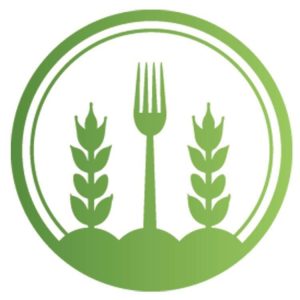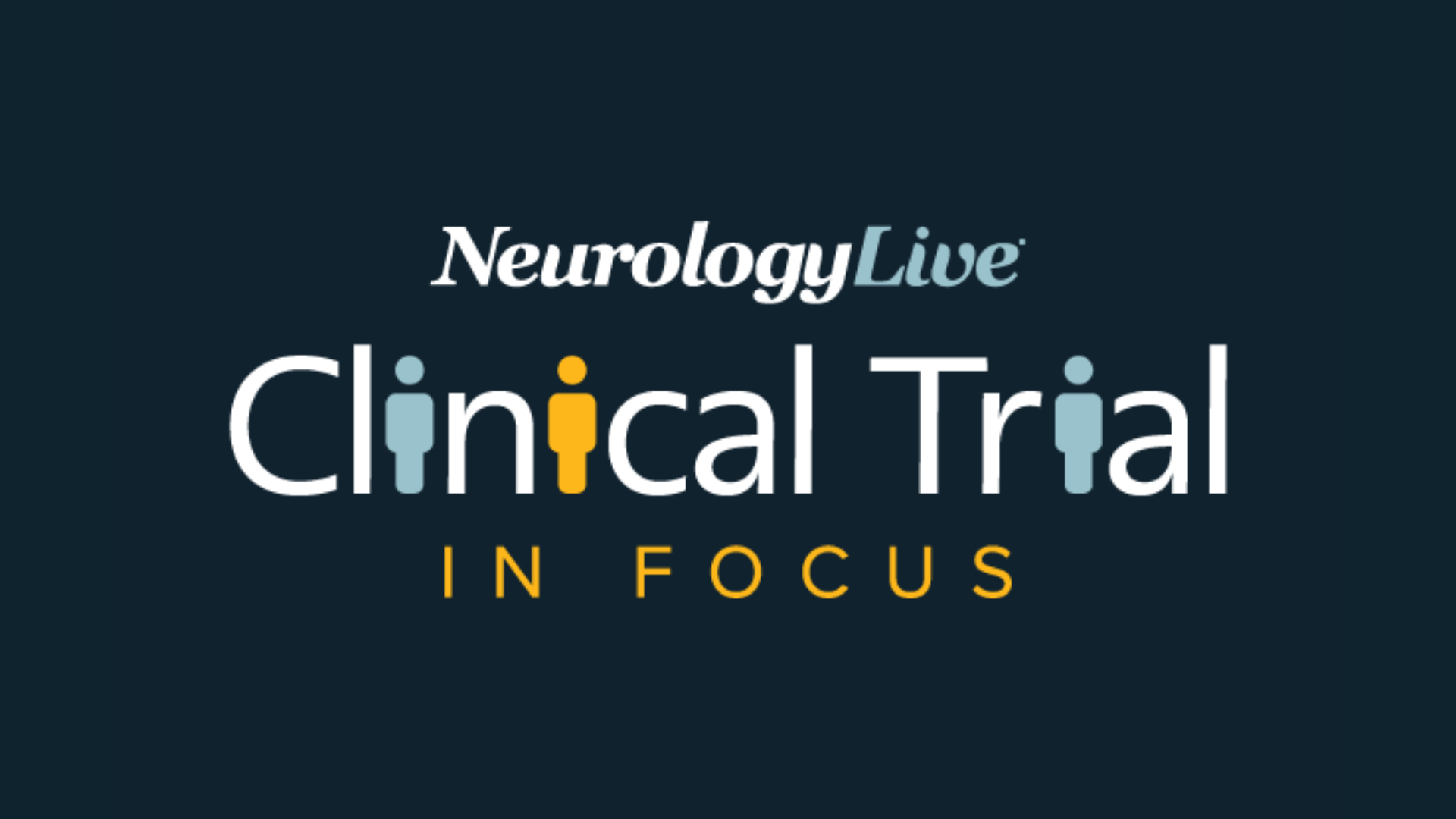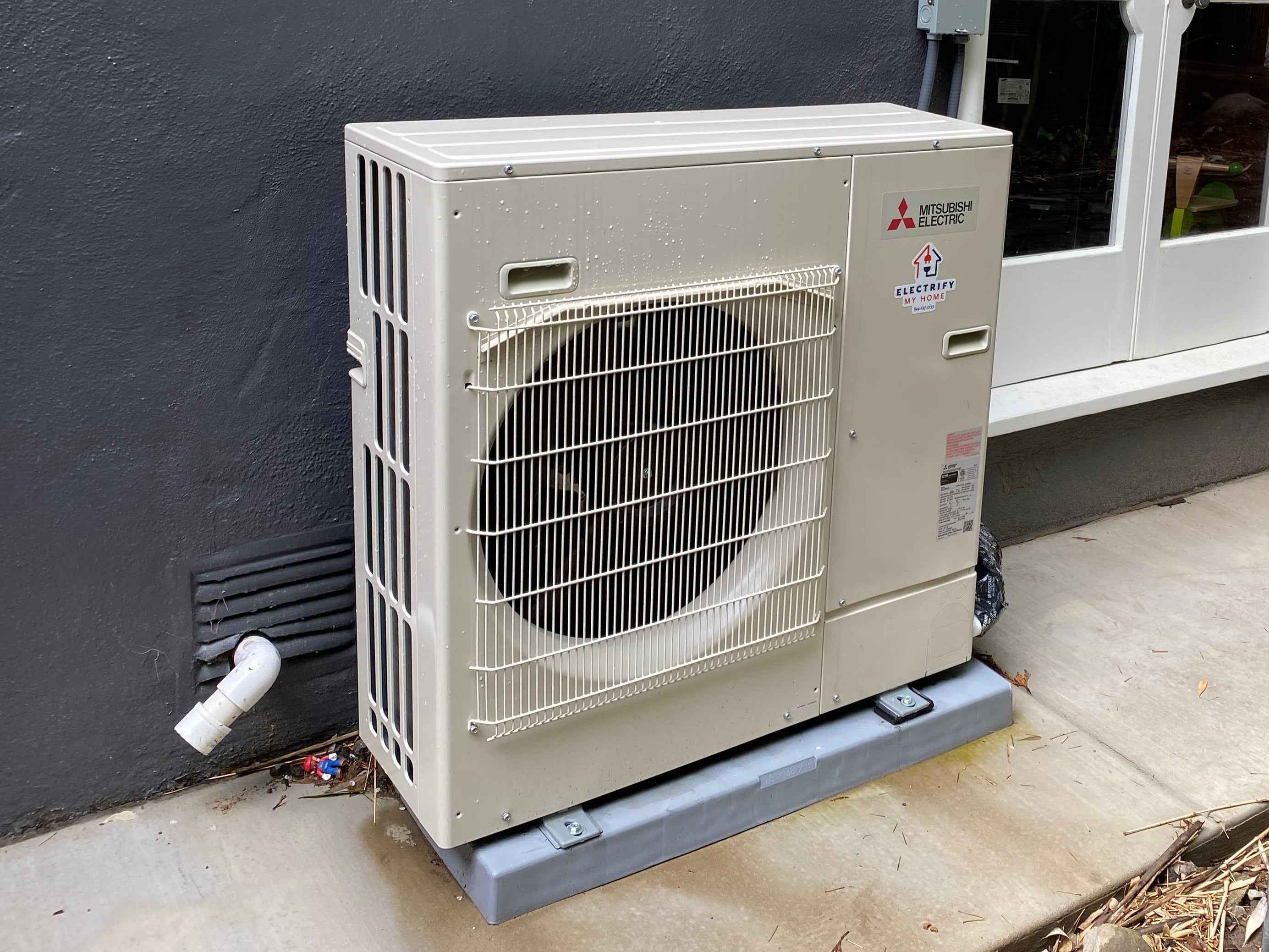Archroma Earns Cradle to Cradle Certifications – Sourcing Journal

Report on Archroma’s Cradle to Cradle Certification and Alignment with Sustainable Development Goals
Introduction: Advancing Sustainable Production in the Chemical Industry
Archroma, a Swiss specialty chemicals company, has announced a significant achievement in its sustainability efforts. Ten of the company’s product groups, encompassing approximately 200 individual products, have received Cradle to Cradle Certified Material Health Gold level under the rigorous Version 4.0 standard. This certification directly supports the global agenda for sustainable development by ensuring chemical compositions are safe for humans and the environment, a core tenet of several United Nations Sustainable Development Goals (SDGs).
Contribution to SDG 12: Responsible Consumption and Production
The certification is a critical enabler for SDG 12 (Responsible Consumption and Production). By providing certified, safer chemical inputs, Archroma empowers textile mills and apparel brands to pursue Cradle to Cradle certification for their finished goods. This promotes transparency and accountability throughout the supply chain, facilitating the shift towards a circular economy where products are designed for safe reuse and recycling, minimizing waste and environmental impact.
Impact Across Multiple Sustainable Development Goals
Archroma’s initiative demonstrates a comprehensive approach to sustainability, impacting several key SDGs:
- SDG 3: Good Health and Well-being: The Material Health certification guarantees that the chemical inputs are assessed for their impact on human health, protecting both factory workers and end consumers from harmful substances.
- SDG 6: Clean Water and Sanitation: Several certified products are designed to reduce water consumption and pollution. For example, the Imerol Blue bleaching auxiliary saves water, while the biodegradable neutralizing agent Sirrix NE LIQ prevents harmful effluent, protecting water resources.
- SDG 9: Industry, Innovation, and Infrastructure: The development of these cleaner chemistries represents a significant innovation in sustainable industrial processes, helping to build resilient and environmentally sound infrastructure within the textile sector.
- SDG 14 & 15 (Life Below Water & Life on Land): By ensuring products are environmentally safe, this certification helps mitigate the chemical pollution that harms aquatic and terrestrial ecosystems.
Overview of Certified Product Groups
The certified product lines offer sustainable solutions across various stages of textile and paper production. These innovations are instrumental in achieving resource efficiency and cleaner manufacturing processes.
- Diresul Evolution Black: A sustainable sulfur black dye that provides authentic denim effects with a lower environmental impact compared to conventional alternatives, advancing cleaner production under SDG 12.
- Blue Magic: A pretreatment concept featuring a water-saving bleaching auxiliary, directly contributing to water conservation efforts outlined in SDG 6.
- Sirrix NE LIQ: A biodegradable neutralizing agent that minimizes the ecological footprint of textile processing.
- Bactosol SAP NEW LIQ: An anti-peroxide enzyme that safely removes residual bleaching agents before dyeing, ensuring a cleaner process.
- Avitera SE: A range of reactive dyes designed for resource efficiency.
- Eriofast: A line of dyes specifically for polyamide materials.
- Terasil WW: A dye range for polyester with high wash fastness, enhancing product durability and longevity, a key aspect of SDG 12.
- Ultraphor: A series of optical brightening agents for synthetic fibers.
- Low-Sulfide Sulfur Dyes: Certified dyes developed for the paper industry, extending sustainability efforts beyond textiles.
Fostering SDG 17: Partnerships for the Goals
Archroma’s role extends to fostering collaborative action, a principle central to SDG 17 (Partnerships for the Goals). The company actively supports its clients in their sustainability journeys. A notable example is the collaboration with Rajby Textiles Limited, which utilized Archroma’s solutions to create “Beluga Denim,” the first fabric to achieve Cradle to Cradle Certified Platinum level. This partnership demonstrates how upstream innovation in chemical manufacturing can catalyze significant sustainability achievements throughout the value chain, involving mills and global brands like C&A.
1. Identified Sustainable Development Goals (SDGs)
- SDG 3: Good Health and Well-being
- SDG 6: Clean Water and Sanitation
- SDG 9: Industry, Innovation, and Infrastructure
- SDG 12: Responsible Consumption and Production
- SDG 17: Partnerships for the Goals
2. Specific SDG Targets
-
SDG 3: Good Health and Well-being
- Target 3.9: By 2030, substantially reduce the number of deaths and illnesses from hazardous chemicals and air, water and soil pollution and contamination.
Explanation: The article highlights that the Cradle to Cradle Material Health standard “evaluates the chemical composition of products for safety to humans and the environment.” By developing and certifying approximately 200 products as safe, Archroma is directly contributing to reducing human exposure to hazardous chemicals in the textile and apparel industry.
- Target 3.9: By 2030, substantially reduce the number of deaths and illnesses from hazardous chemicals and air, water and soil pollution and contamination.
-
SDG 6: Clean Water and Sanitation
- Target 6.3: By 2030, improve water quality by reducing pollution, eliminating dumping and minimizing release of hazardous chemicals and materials…
Explanation: The article mentions several products designed to reduce water pollution. This includes “Diresul Evolution Black,” which has a “lower impact” than standard dyes, and “Sirrix NE LIQ,” a “biodegradable neutralizing agent.” These innovations help minimize the release of hazardous chemicals into water systems during the textile manufacturing process.
- Target 6.3: By 2030, improve water quality by reducing pollution, eliminating dumping and minimizing release of hazardous chemicals and materials…
-
SDG 9: Industry, Innovation, and Infrastructure
- Target 9.4: By 2030, upgrade infrastructure and retrofit industries to make them sustainable, with increased resource-use efficiency and greater adoption of clean and environmentally sound technologies and industrial processes…
Explanation: Archroma’s development of “cleaner chemistries” represents an innovation in industrial processes. The article states their goal is to “help lead the shift to cleaner chemistries and a more sustainable world,” which directly aligns with retrofitting industries with environmentally sound technologies. Products like the “water-saving Imerol Blue bleaching auxiliary” are examples of technologies that increase resource-use efficiency.
- Target 9.4: By 2030, upgrade infrastructure and retrofit industries to make them sustainable, with increased resource-use efficiency and greater adoption of clean and environmentally sound technologies and industrial processes…
-
SDG 12: Responsible Consumption and Production
- Target 12.2: By 2030, achieve the sustainable management and efficient use of natural resources.
Explanation: The article explicitly mentions that Archroma’s products “bring production resource savings.” The “water-saving Imerol Blue” is a direct example of a product designed for the efficient use of natural resources (water) in the production process. - Target 12.4: By 2020, achieve the environmentally sound management of chemicals and all wastes throughout their life cycle… and significantly reduce their release to air, water and soil in order to minimize their adverse impacts on human health and the environment.
Explanation: This is the central theme of the article. Archroma achieving Cradle to Cradle certification for its chemical products is a direct implementation of the environmentally sound management of chemicals. The certification ensures the products are safe for humans and the environment, thereby minimizing their adverse impacts.
- Target 12.2: By 2030, achieve the sustainable management and efficient use of natural resources.
-
SDG 17: Partnerships for the Goals
- Target 17.17: Encourage and promote effective public, public-private and civil society partnerships…
Explanation: The article demonstrates a clear partnership between a chemical supplier (Archroma) and its clients (textile mills and apparel brands). It states that Archroma supports its “partners to make informed decisions” and provides examples of collaborations with companies like Artistic Milliners, Textil Santanderina, Rajby Textiles Limited, and C&A to create certified sustainable end products like “Beluga Denim.”
- Target 17.17: Encourage and promote effective public, public-private and civil society partnerships…
3. Indicators for Measuring Progress
-
Indicator for Target 12.4
- Number of products achieving a recognized chemical safety certification.
Explanation: The article explicitly states that “10 of its product groups” and “approximately 200 individual products” have achieved “Cradle to Cradle Certified Material Health Gold level under Version 4.0.” This certification serves as a direct, measurable indicator of progress in the sound management of chemicals.
- Number of products achieving a recognized chemical safety certification.
-
Indicator for Targets 9.4 and 12.2
- Adoption rate of resource-saving technologies and products.
Explanation: The article implies this indicator by highlighting specific products designed for resource efficiency, such as the “water-saving Imerol Blue bleaching auxiliary” and “Diresul Evolution Black” which has a “lower impact.” Tracking the use and adoption of these specific products by textile mills would be a way to measure progress towards increased resource-use efficiency.
- Adoption rate of resource-saving technologies and products.
-
Indicator for Target 17.17
- Number of collaborative projects between suppliers and manufacturers to produce certified sustainable goods.
Explanation: The article provides concrete examples that can be counted as indicators of partnership. The collaboration between Archroma and Rajby Textiles Limited to create the “first fabric to be certified at the Platinum level,” Beluga Denim, which was then used by the brand C&A, is a specific, measurable instance of a multi-stakeholder partnership for sustainability.
- Number of collaborative projects between suppliers and manufacturers to produce certified sustainable goods.
4. Summary Table of SDGs, Targets, and Indicators
| SDGs | Targets | Indicators |
|---|---|---|
| SDG 3: Good Health and Well-being | 3.9: Substantially reduce deaths and illnesses from hazardous chemicals and pollution. | Use of products certified for human safety (e.g., Cradle to Cradle Material Health standard). |
| SDG 6: Clean Water and Sanitation | 6.3: Improve water quality by reducing pollution and minimizing the release of hazardous chemicals. | Use of biodegradable agents (Sirrix NE LIQ) and lower-impact dyes (Diresul Evolution Black) in industrial processes. |
| SDG 9: Industry, Innovation, and Infrastructure | 9.4: Upgrade industries to make them sustainable with increased resource-use efficiency and clean technologies. | Adoption rate of resource-saving technologies like the “water-saving Imerol Blue bleaching auxiliary.” |
| SDG 12: Responsible Consumption and Production | 12.4: Achieve the environmentally sound management of chemicals throughout their life cycle. | Number of products achieving certification (10 product groups, ~200 individual products with Cradle to Cradle Certified Gold level). |
| SDG 17: Partnerships for the Goals | 17.17: Encourage and promote effective public-private and civil society partnerships. | Number of collaborative projects between suppliers (Archroma) and manufacturers (Rajby Textiles, C&A) to create certified sustainable goods. |
Source: sourcingjournal.com
What is Your Reaction?
 Like
0
Like
0
 Dislike
0
Dislike
0
 Love
0
Love
0
 Funny
0
Funny
0
 Angry
0
Angry
0
 Sad
0
Sad
0
 Wow
0
Wow
0

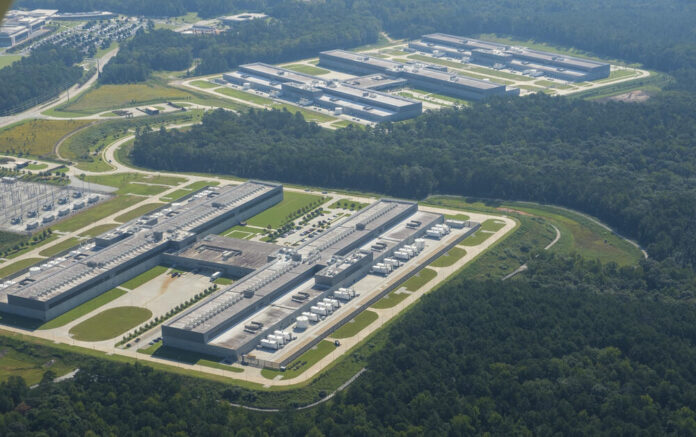

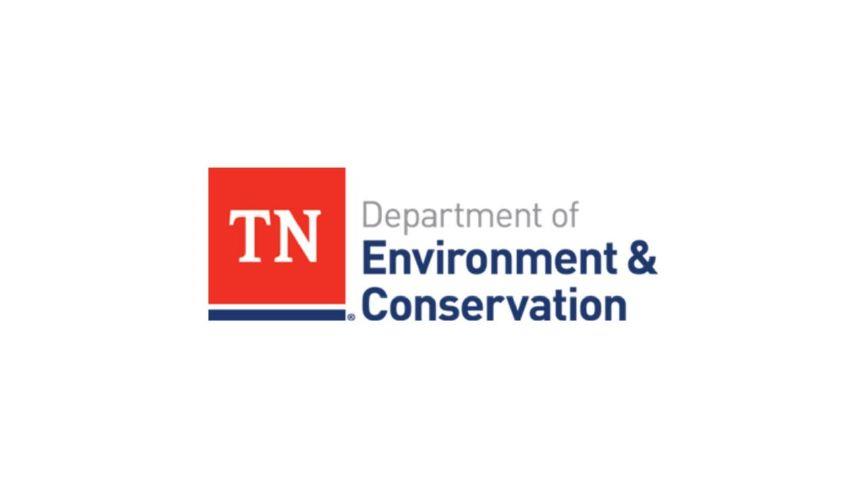






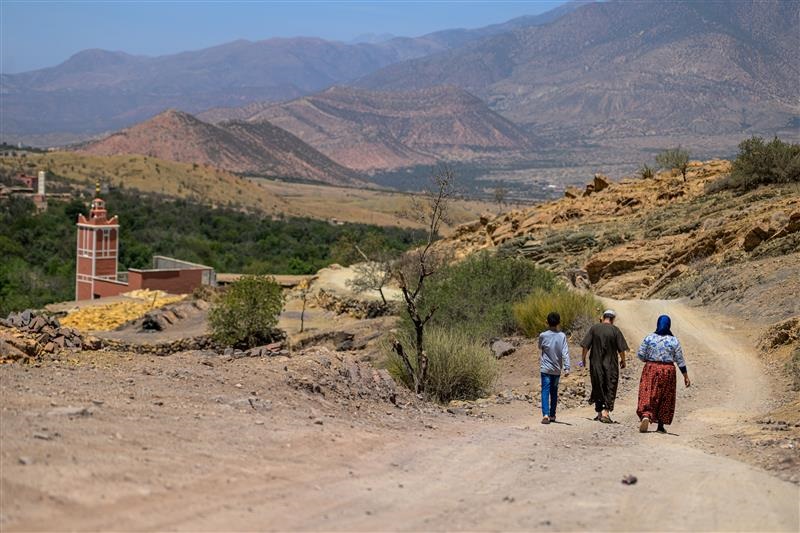







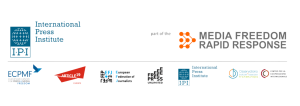









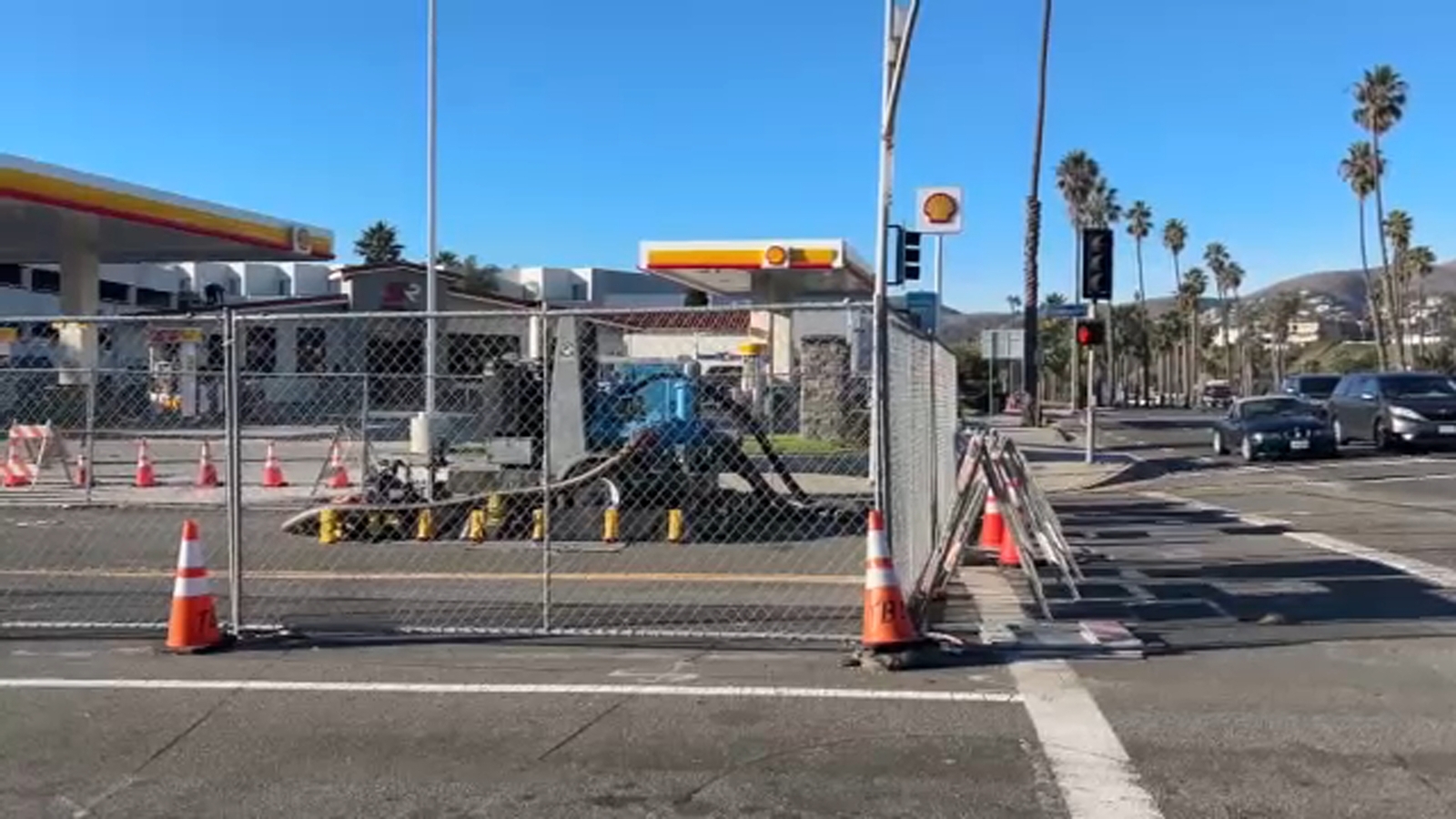












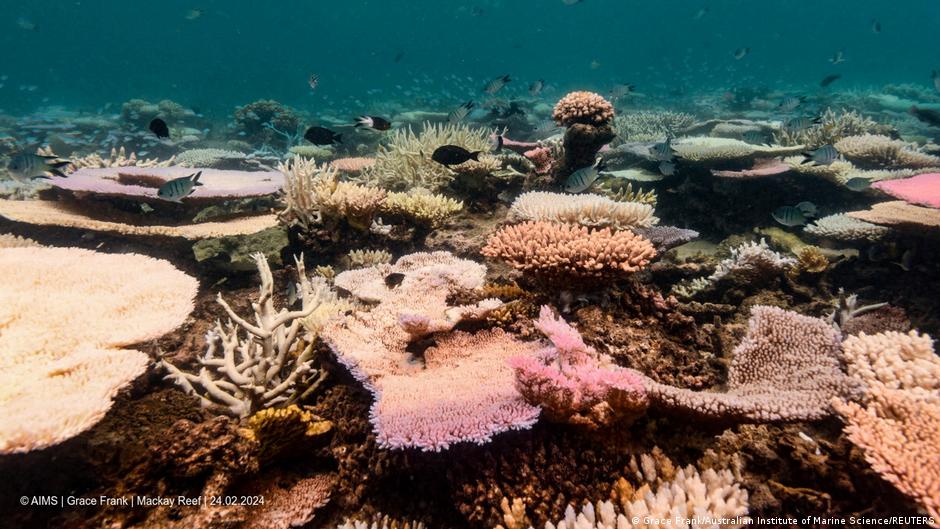

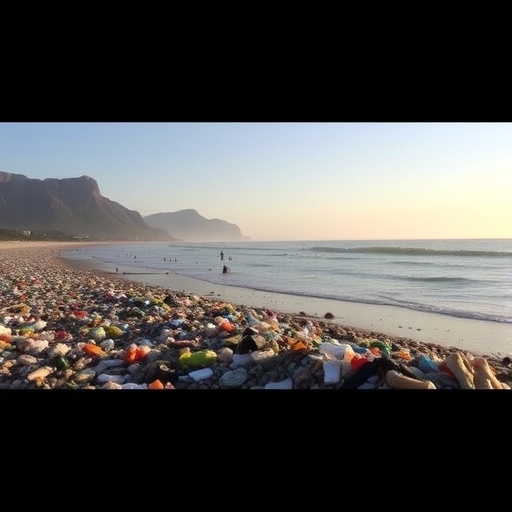



![[Webinar] New California Employment Laws & Developments for 2026 – December 10th, 10:00 am – 11:30 am PT – JD Supra](https://jdsupra-static.s3.amazonaws.com/profile-images/og.16077_5211.png?#)







